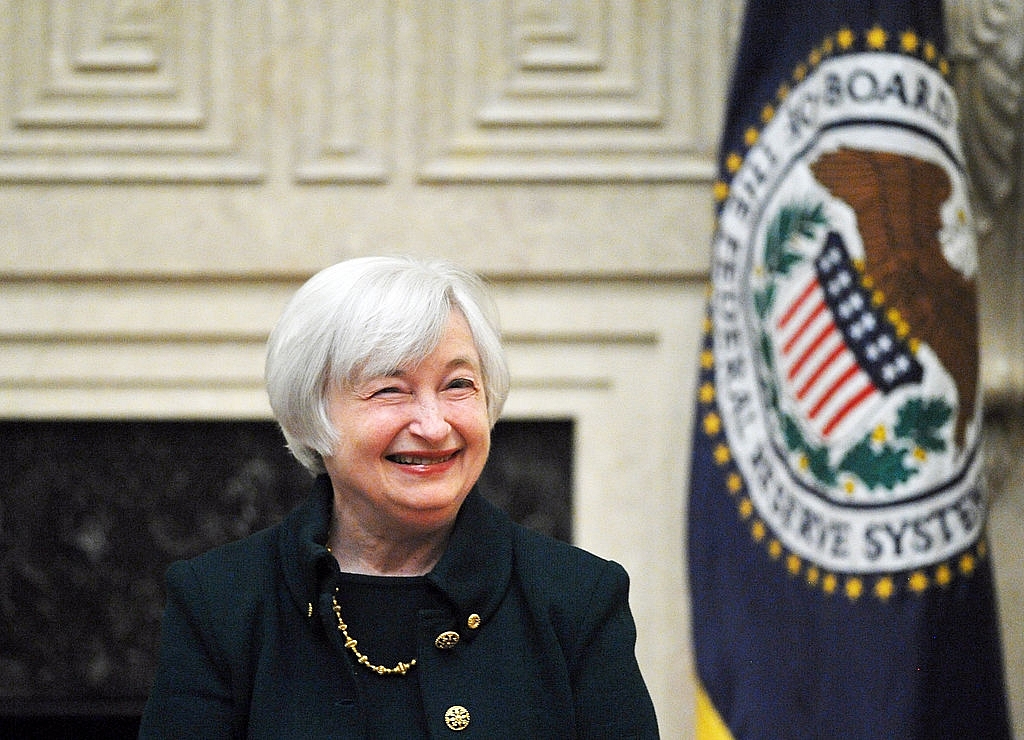Economy
Is It Time To Wind Down The US Federal Reserve?
- The US has grown too fast for too long relying on too much debt. That needs to change and there is no change that does not involve pain.

Fed chief Janet Yellen. Photo credit: MANDEL NGAN/AFP/GettyImages
It
will be a big omission if I did not mention the blistering Op-Ed that
Kevin Warsh, former member of the Federal Open Market Committee, wrote in the Wall Street Journal on August 24. That he served in the Federal
Reserve for five years makes his critique all the more special and important.
Perhaps,
it is appropriate to conclude this (already long) post with a reference to a
recent piece by Nobel Laureate Michael Spence. He points out there are two forms of
secular stagnation – one that is beyond policymakers’ control and he calls it
SS1. It is caused by “growth-destroying headwinds that are impossible to
counter in the near term without endangering future growth and stability.” – I
have paraphrased him.
Then, there is SS2 – Secular Stagnation 2 – which is caused by adopting the wrong policy mix. He says the right policy mix would have measures that address income inequality – redistribution through taxation and social security measures, higher interest rates combined with capital controls and active fiscal policy, particularly in Europe.
I like his piece because he makes a beginning by acknowledging that growth cannot be engineered by monetary policy that is aimed at boosting asset prices through liquidity provision. Frankly, when I spell it out like this, it feels so dumb to me. Yet, the persistence of such wrong policies and the extraordinary amount of patronage and support they draw from the so-called intelligentsia is proof that only enduring reality is human irrationality.
Let us then get back to the growth model that is briefly recapitulated above by Warsh and Druckenmiller – growth through savings, investment, productivity and employment.
So, what shall we do with the Federal Reserve? Well, if it cannot wind down its balance sheet, it is time to wind down the Federal Reserve itself.
This piece was first
published on The
Gold Standard and has been republished here with permission.
Introducing ElectionsHQ + 50 Ground Reports Project
The 2024 elections might seem easy to guess, but there are some important questions that shouldn't be missed.
Do freebies still sway voters? Do people prioritise infrastructure when voting? How will Punjab vote?
The answers to these questions provide great insights into where we, as a country, are headed in the years to come.
Swarajya is starting a project with an aim to do 50 solid ground stories and a smart commentary service on WhatsApp, a one-of-a-kind. We'd love your support during this election season.
Click below to contribute.
Latest